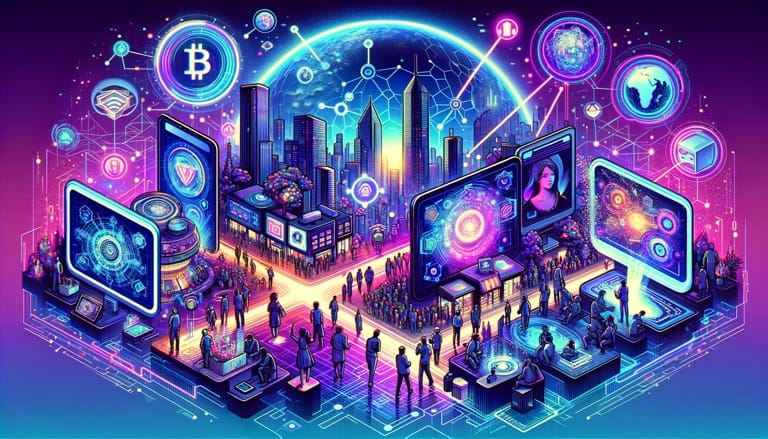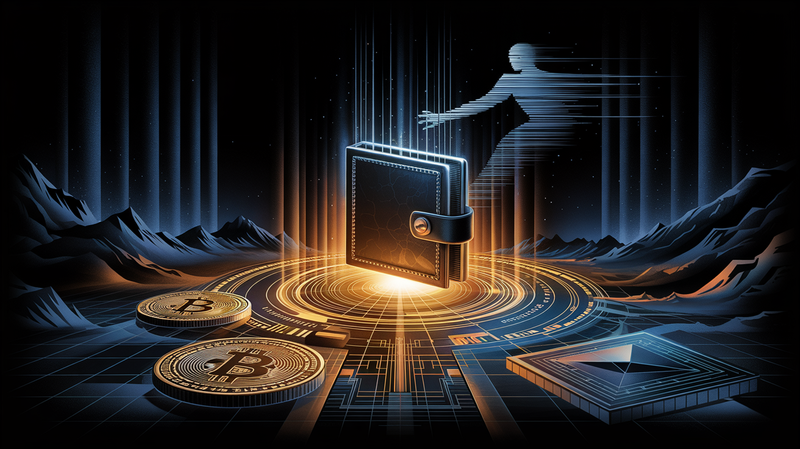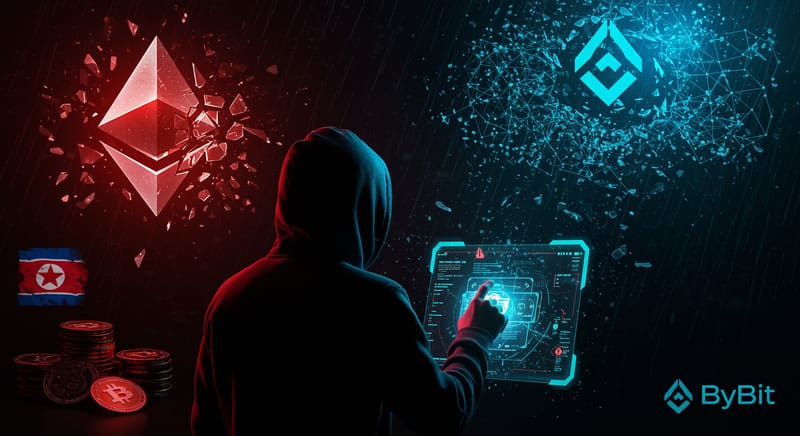Revolutionizing Consumer Engagement: The Impact of Web3 Technologies on Digital Ownership and Brand Loyalty
In the ever-evolving digital landscape, Web3 technologies stand as a transformative force, reshaping the way consumers interact with digital content and how brands foster engagement and loyalty. Web3, anchored in blockchain technology, is steering us away from the centralized control characteristic of Web 2.0 and towards a new era

In the ever-evolving digital landscape, Web3 technologies stand as a transformative force, reshaping the way consumers interact with digital content and how brands foster engagement and loyalty. Web3, anchored in blockchain technology, is steering us away from the centralized control characteristic of Web 2.0 and towards a new era where digital ownership, decentralization, and personalization are at the forefront.
The core of Web3 lies in its ability to democratize digital transactions and redefine the notion of ownership in the digital space. This is primarily facilitated through blockchain and smart contract technologies, which create secure, trust-free environments for transactions, effectively making traditional intermediaries such as banks and lawyers obsolete. Non-fungible tokens (NFTs) are a significant aspect of this shift. They represent unique digital assets that can bridge the physical and digital worlds, offering fully individualized ownership and disrupting the unlimited replication of digital assets.
This technological shift has profound implications for consumer behavior and preferences, particularly among Gen Z, the so-called digital natives. This generation has shown a preference for experiences and community building over material possessions, seeking authenticity, uniqueness, and shareable experiences. Web3 caters to these desires by offering novel ways for self-expression and participation in digital communities.
Web3 'de-liquefies' digital assets in several key ways:
- Individualization: NFTs add a layer of uniqueness and authenticity to digital items, mirroring the value traditionally associated with physical items.
- Physical-Digital Integration: By blurring the lines between the physical and digital realms, Web3 allows for a seamless integration of digital items into real-world settings and vice versa.
- Democratization: It empowers users with control over their intellectual property and facilitates fractional ownership, making previously inaccessible assets available to broader audiences.
- Community Building: Ownership of NFTs or participation in decentralized platforms grants access to exclusive communities and events, strengthening brand loyalty and engagement.
For brands, the potential of Web3 is vast. They can leverage fractional ownership, decentralized loyalty platforms, and gamification to connect with consumers on various levels. However, the adoption of these technologies is still in its nascent stage, and the financial viability of such investments remains uncertain.
A collaborative industry-wide approach, such as the Aura Blockchain Consortium, could be pivotal in adopting Web3 for product authentication, sustainability, and innovation. As companies face a partial loss of control over their brand equity in the Web3 era, such collaborations can provide a strategic advantage.
In conclusion, as Web3 technologies continue to evolve, they offer brands a unique opportunity to engage with consumers in more personalized and meaningful ways. By embracing these technologies and adapting to changing consumer preferences, brands can harness the full potential of Web3 to bridge the gap between digital and traditional consumption, ultimately revolutionizing consumer engagement and loyalty in the digital age.




